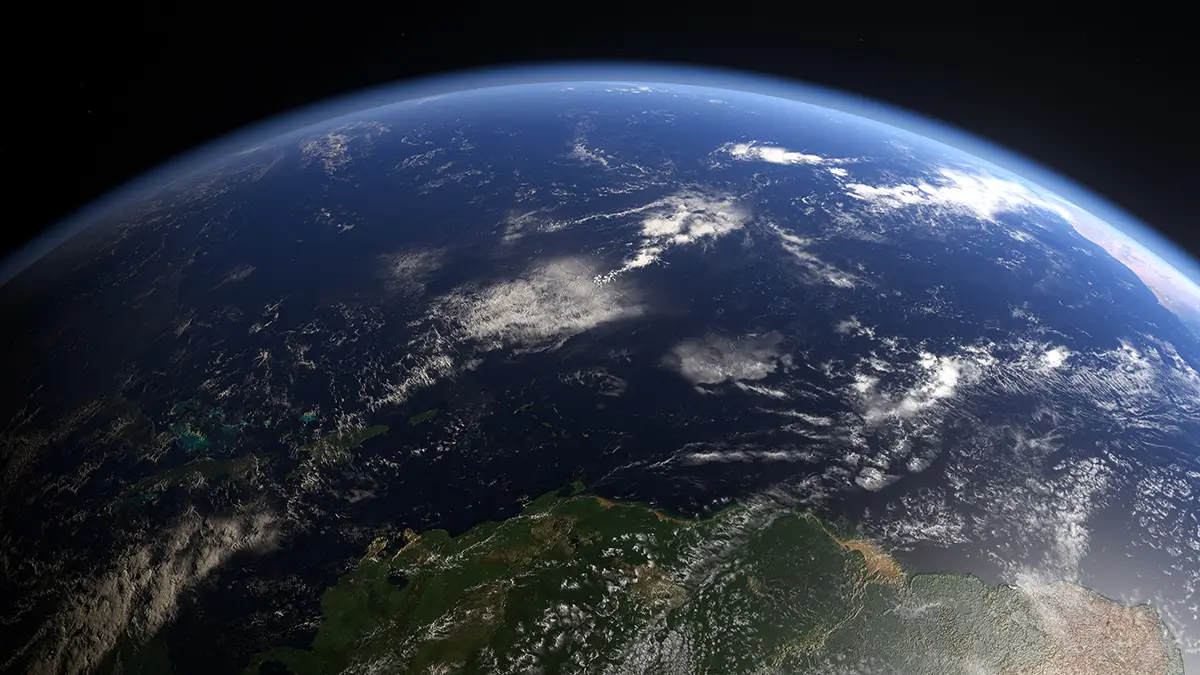Climate change is happening, and it’s progressing fast. The last four years have been, on average, the hottest ever recorded. Evidence of our changing planet is everywhere —in the melting polar icecaps, continual extreme weather, dying oceans, water contamination, food shortages, rising sea levels, polluted air, infertile lands…the list goes on… The simple fact is, complex life on Earth is currently in a state of decline.
Scholars are increasingly calling the contemporary period the Anthropocene – a period defined by our impact on the planet. It seems clear that humanity’s future is bleak if we take our current path toward its inevitable conclusion.
Yet, however late the hour may be, nothing is written in stone. Regardless of who you are or what you do, there are real, tangible steps that you can take to change this course. The most important work must be done collectively, and learning where and how to join up with others to be most effective means looking at your life, recognizing your contribution to the problems, and identifying ways your actions can meld with those of others to make a positive difference in reducing climate change.
As a web design business, this is what we have done. We’ve analyzed our business to understand how we contribute to the problem and how we can stop doing so. Initially, we felt we were on the right side of history since we work almost exclusively in the digital realm. Indeed, we assumed, digital technology is more eco-friendly than past forms of communication. But we were wrong.
Don’t get us wrong. Digital technology is fantastic. We love the internet. We love what can be done with it and honestly feel it has a vital role in combating climate change. But digital information, or rather data, requires a lot of energy to save and share, and so do devices we access it with, such as computers, tablets, and phones. The internet’s physical structure, including all the computers, cables, modems, devices, and data centers around the world, all require a profound amount of resources to function. So much so, if you factor in the entire ecosystem comprising the Internet, it is said to be the largest source of carbon pollution on the planet.
Realizing that, honestly, was a hard pill to swallow. It still is, because as you begin to dig into the numbers, the resources required for digital technology are astronomical, and demand is growing exponentially faster each day.
It became clear that we, even as a small digital design studio, are harming the planet. So we began to research and study how we might change that. We were happy to find that many others were already thinking about this, and there was a lot of good information about changes we could make as digital designers to lessen our impact and work toward greening the Internet.
Since learning this, we’ve committed ourselves to reducing the carbon footprint of our business and products. We are now one of many — yet still far too few — design companies working toward reducing the Internet’s carbon footprint. We will continue to share our different approaches and strategies toward this aim in our posts. But for now, we are fully committed to producing the most sustainable digital products we can. This means learning new technologies and new strategies with current stacks, embracing green design methods, using green hosting, and working diligently to optimize code, digital assets, and findability — all of which we now do for all our projects.
It’s important to realize that building sustainable digital products doesn’t mean making sacrifices to functionality or design, but rather the opposite. Sustainable design means building products for performance in every aspect. We are constantly looking at how we can maximize the optimization of any digital product so that it requires the least amount of energy necessary to utilize. This means optimized coding, optimized design, optimized servers and technologies, and optimized findability.
In our eyes, sustainable web design is the highest echelon of digital design, and we commit ourselves to embracing it and pushing the current boundaries further.
